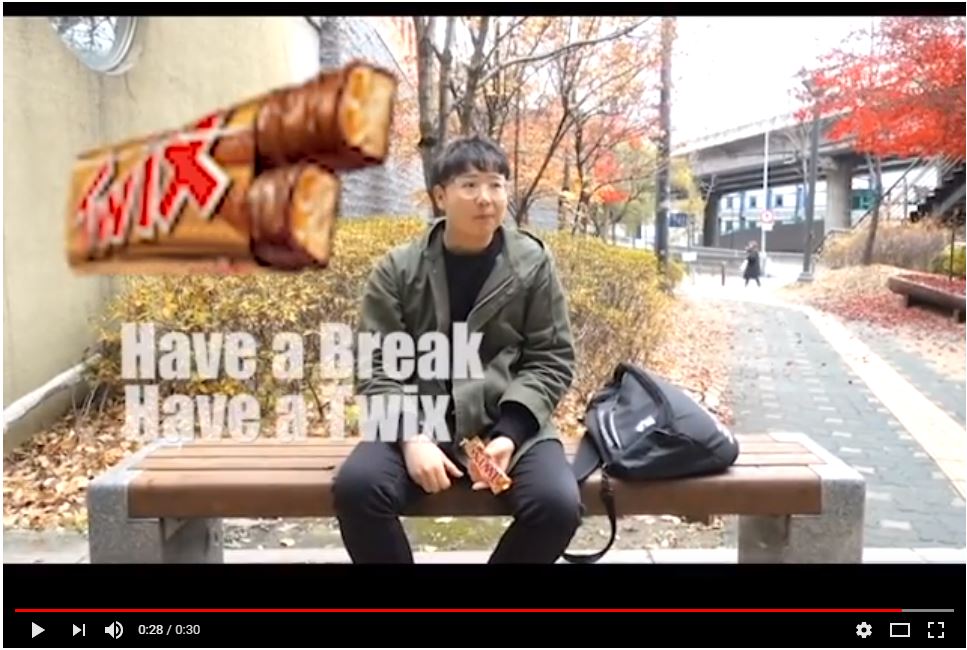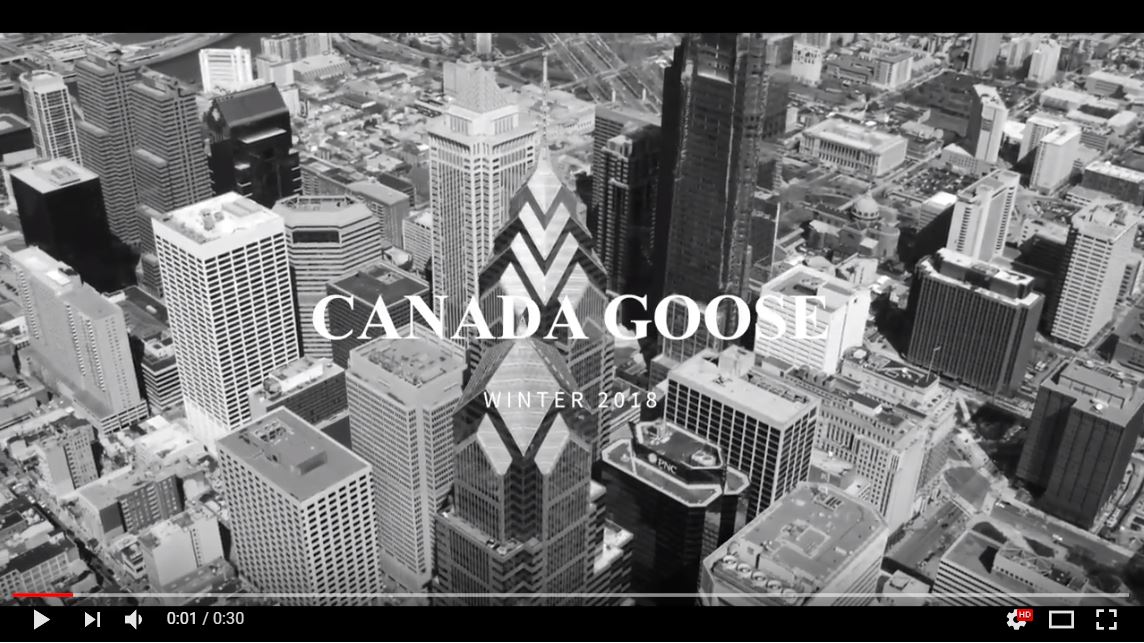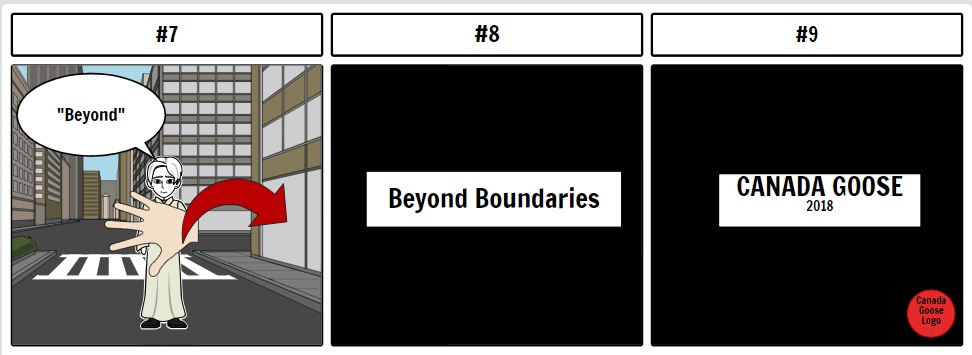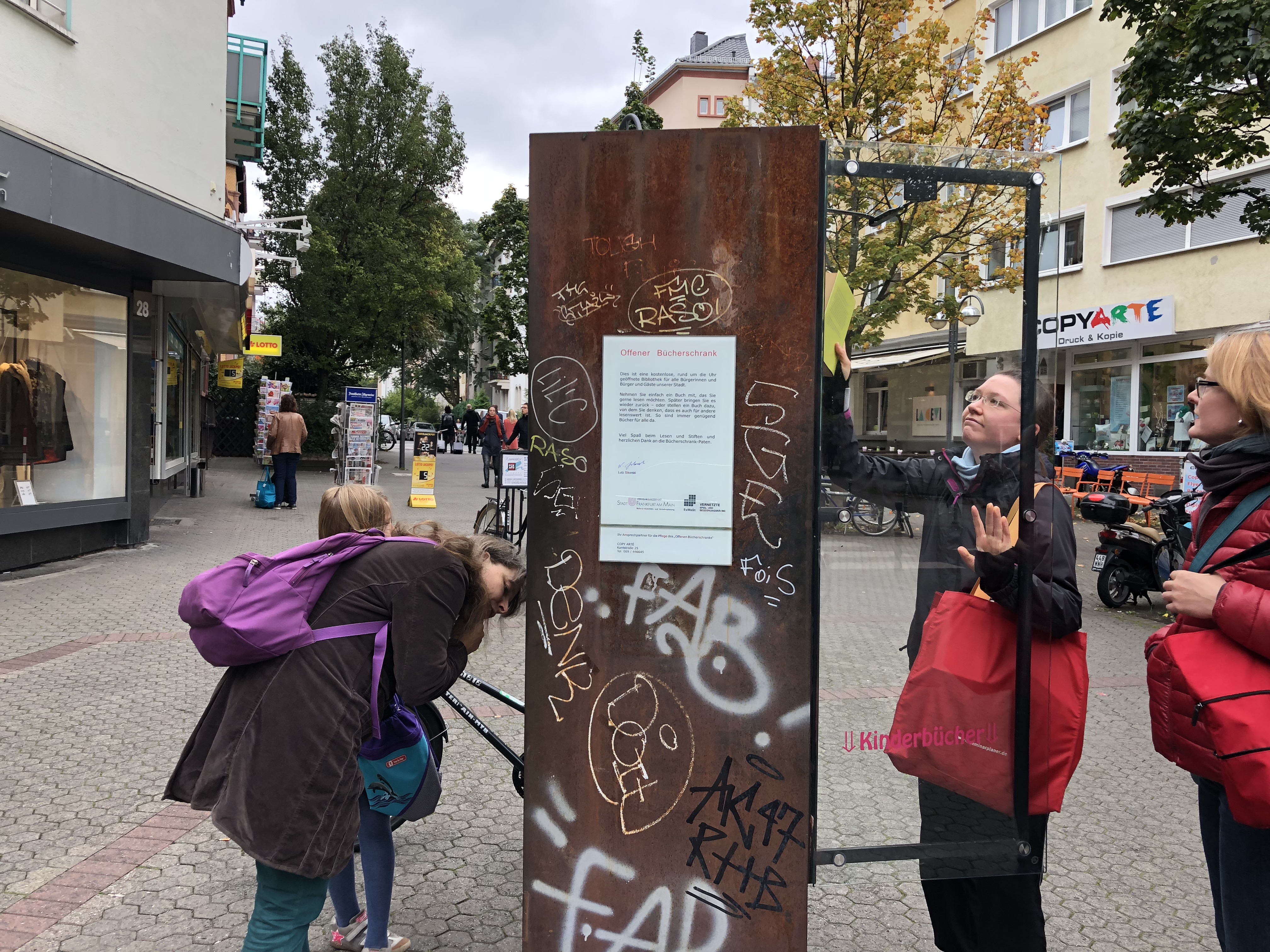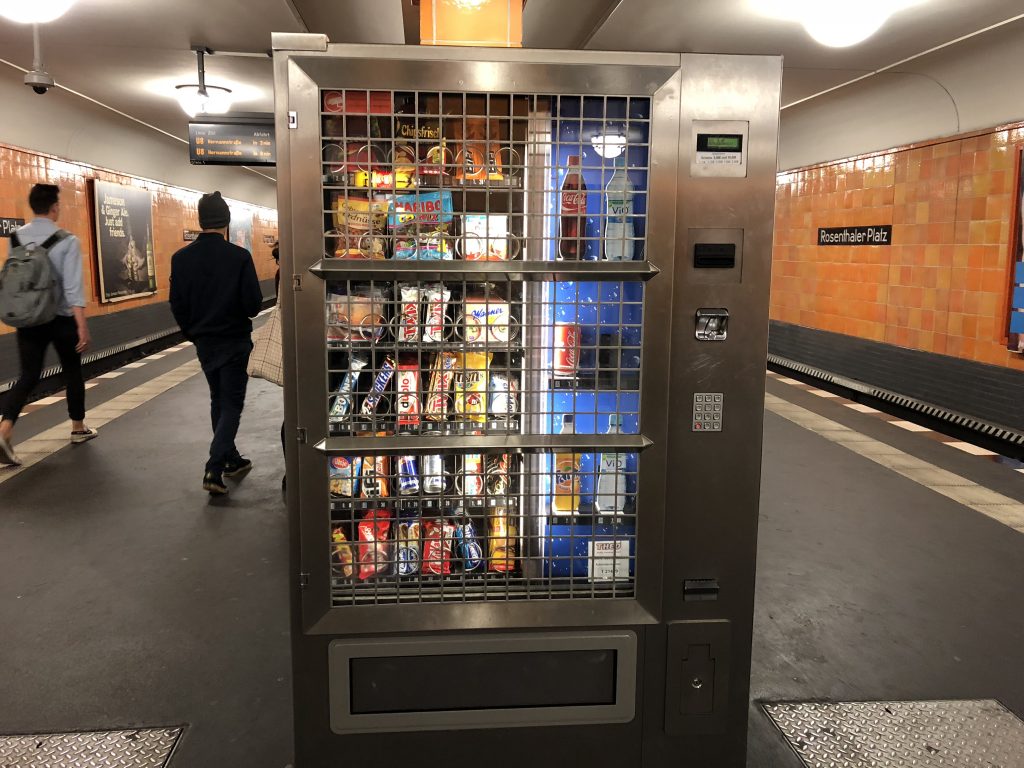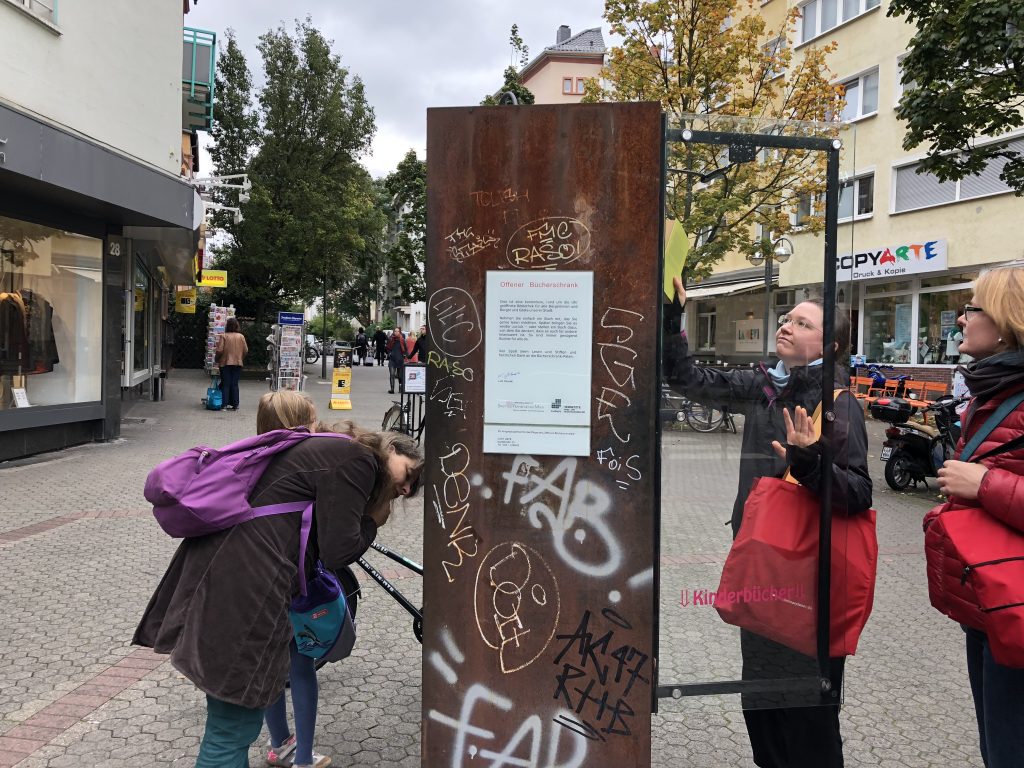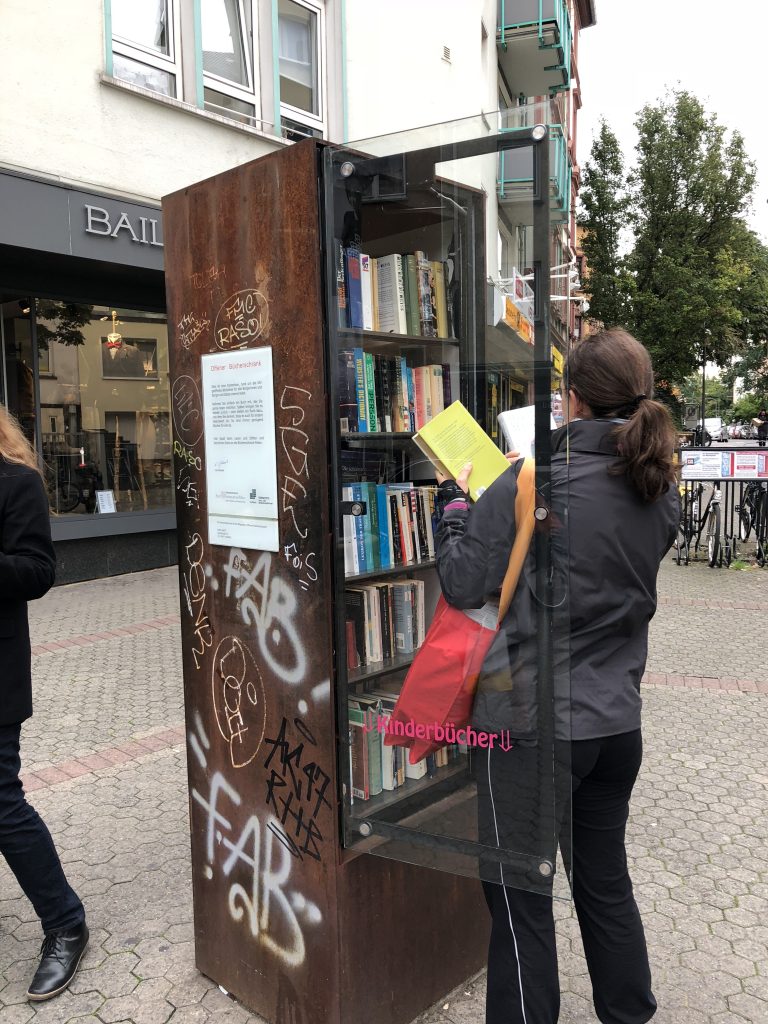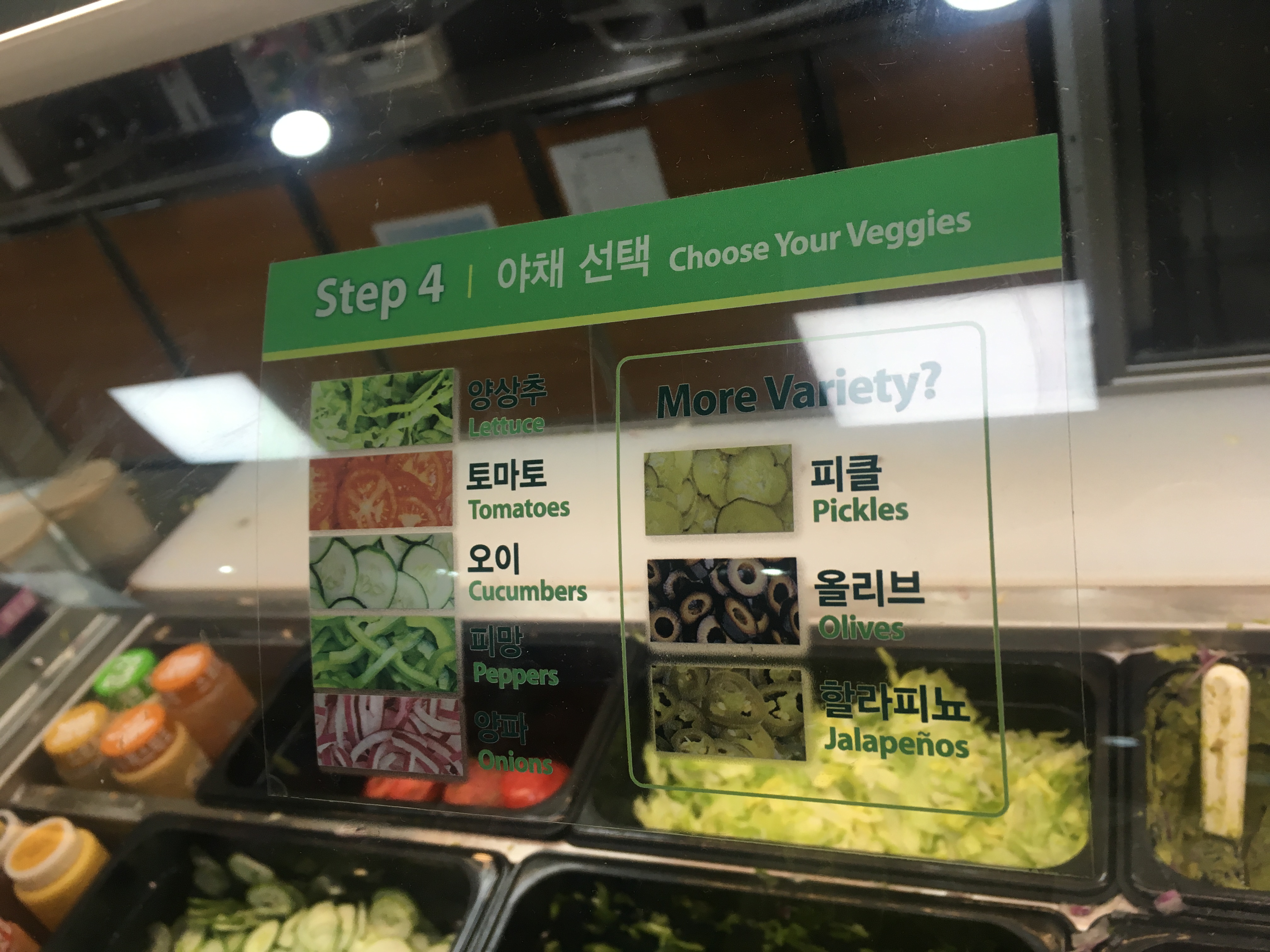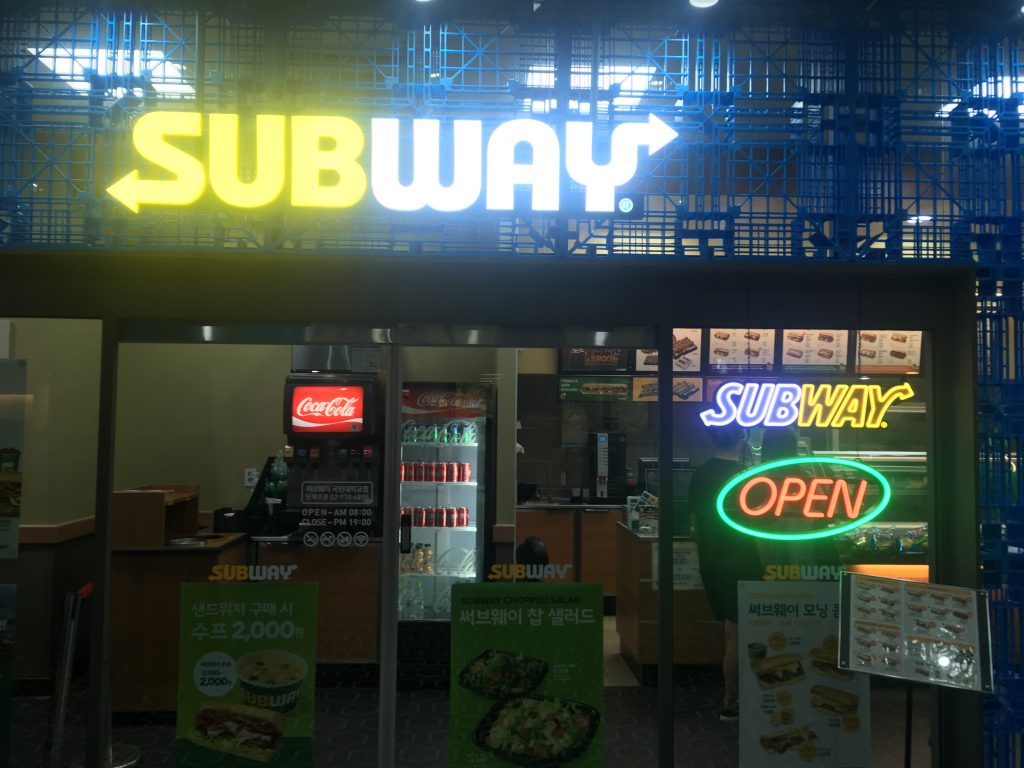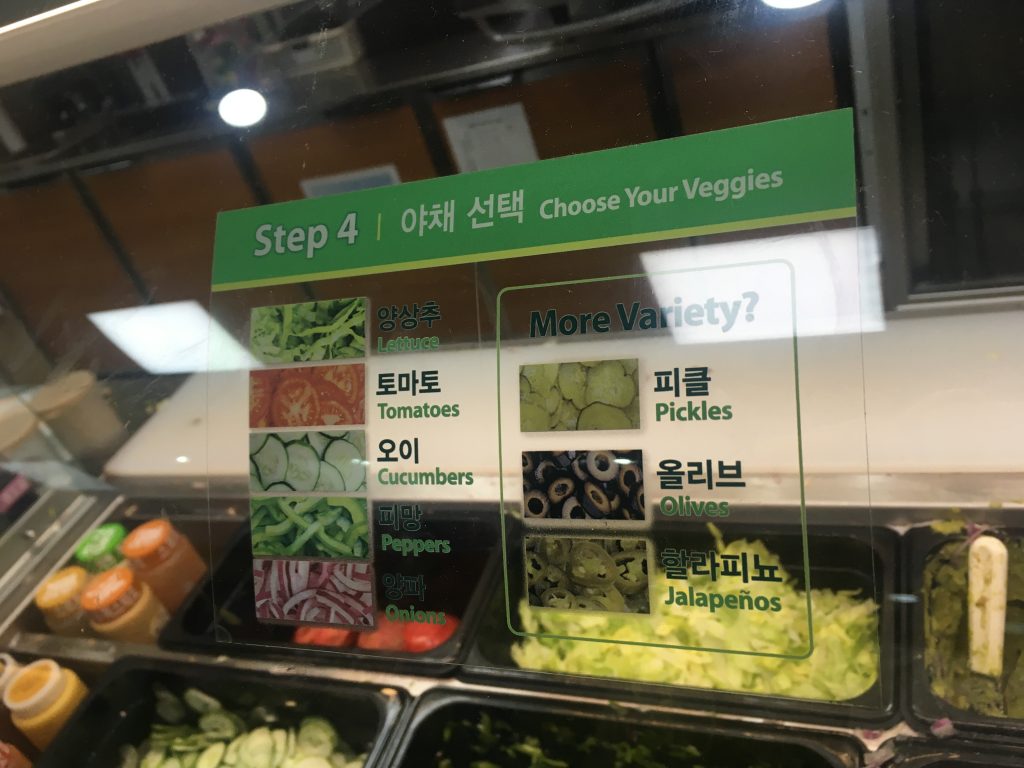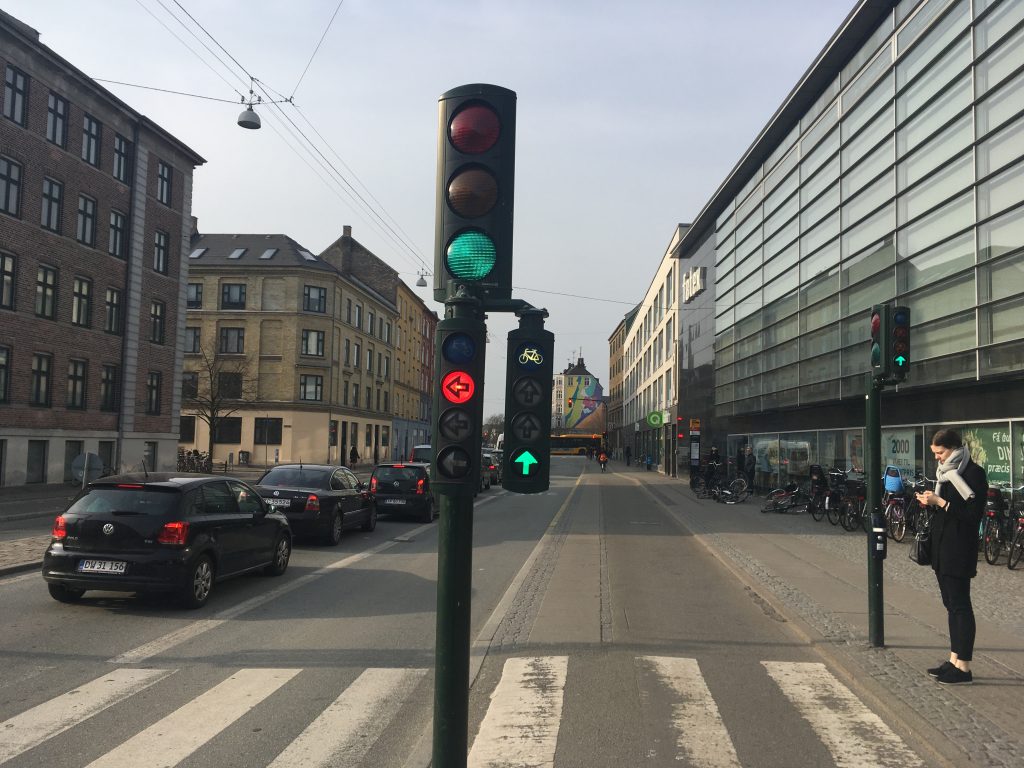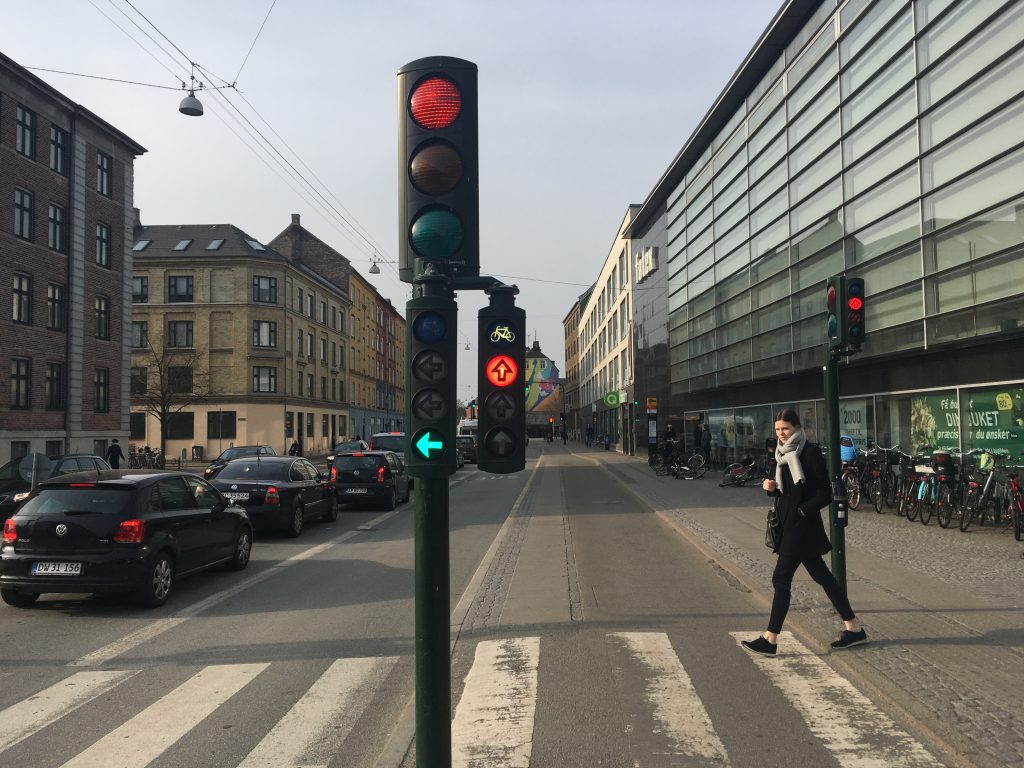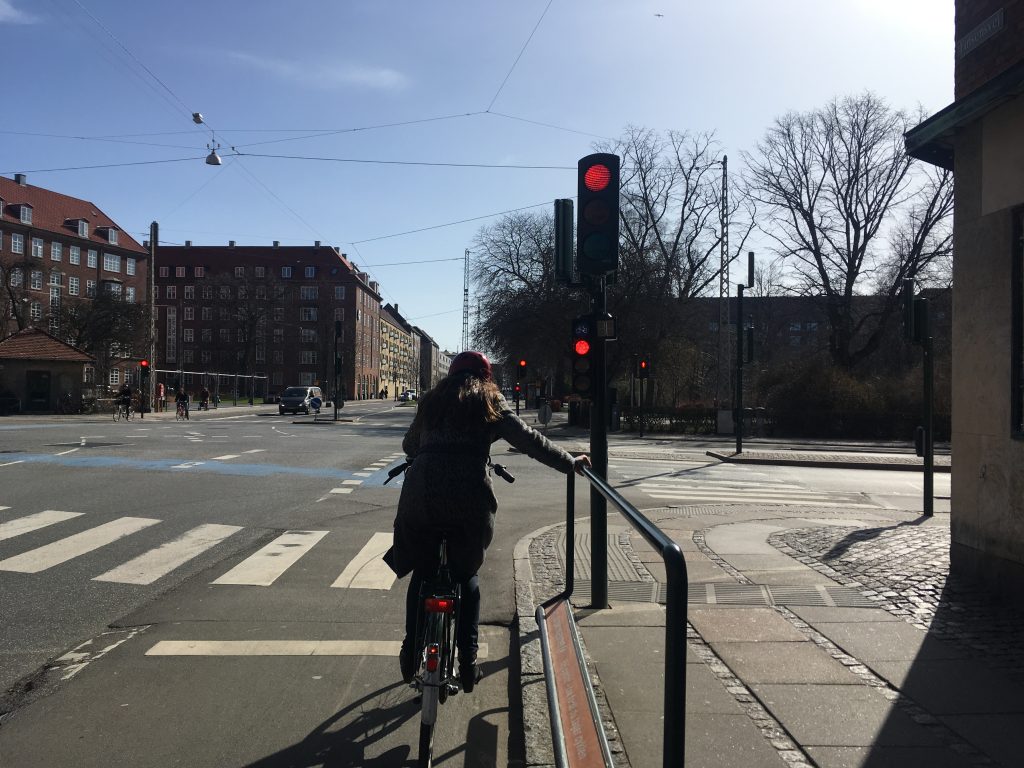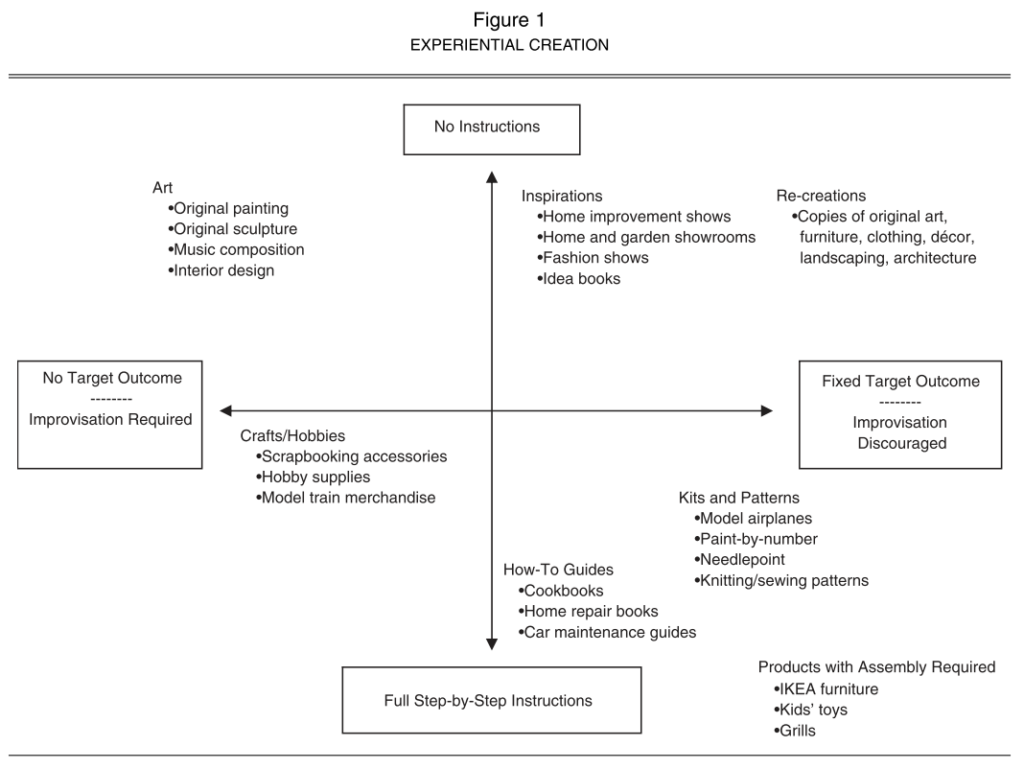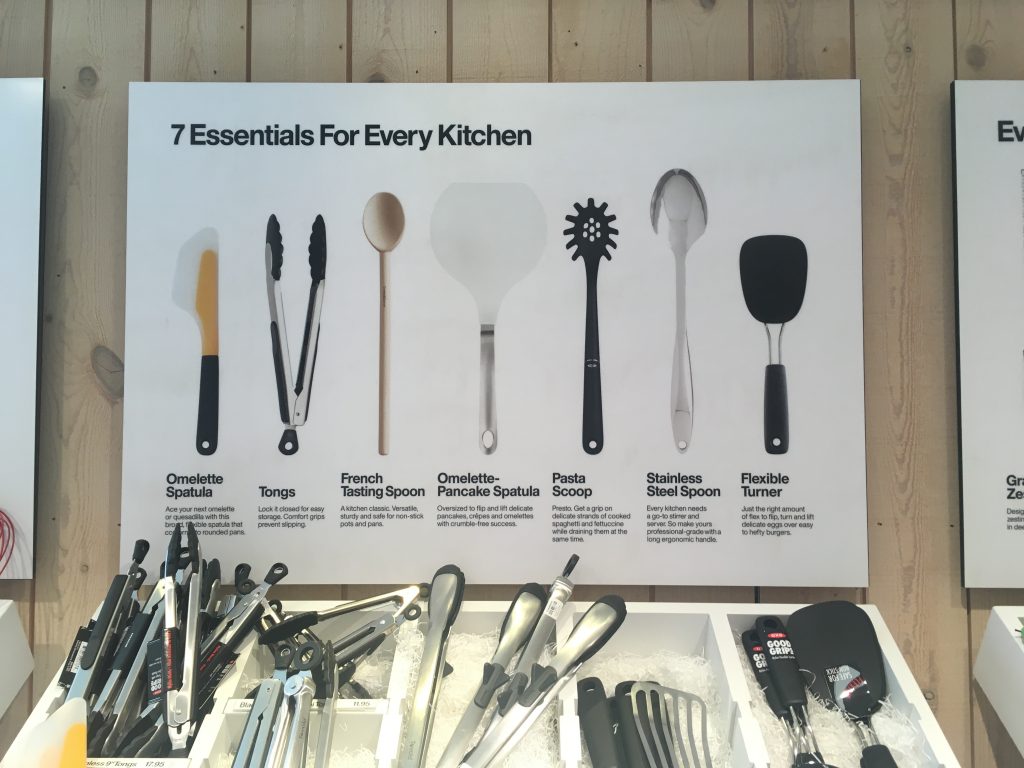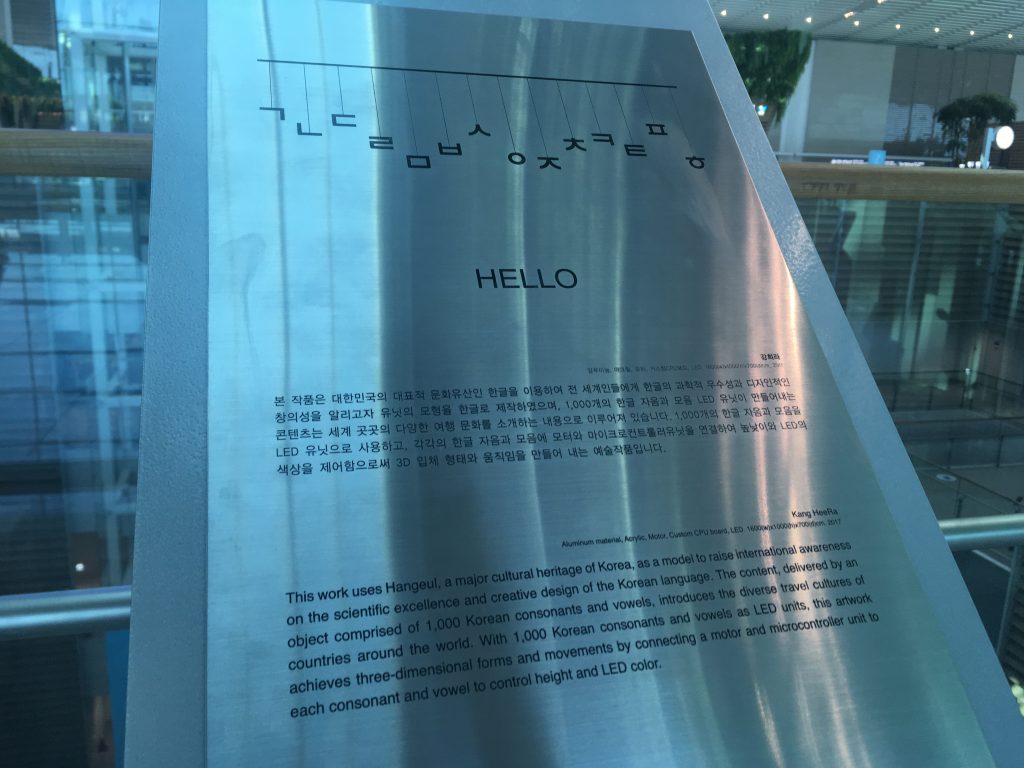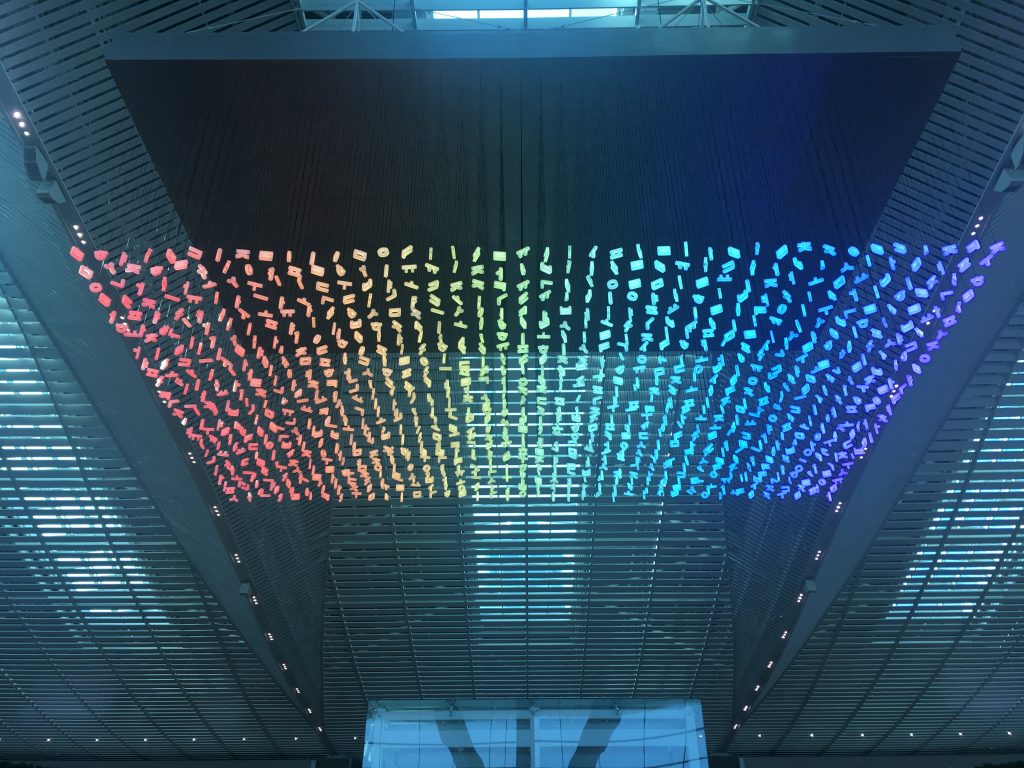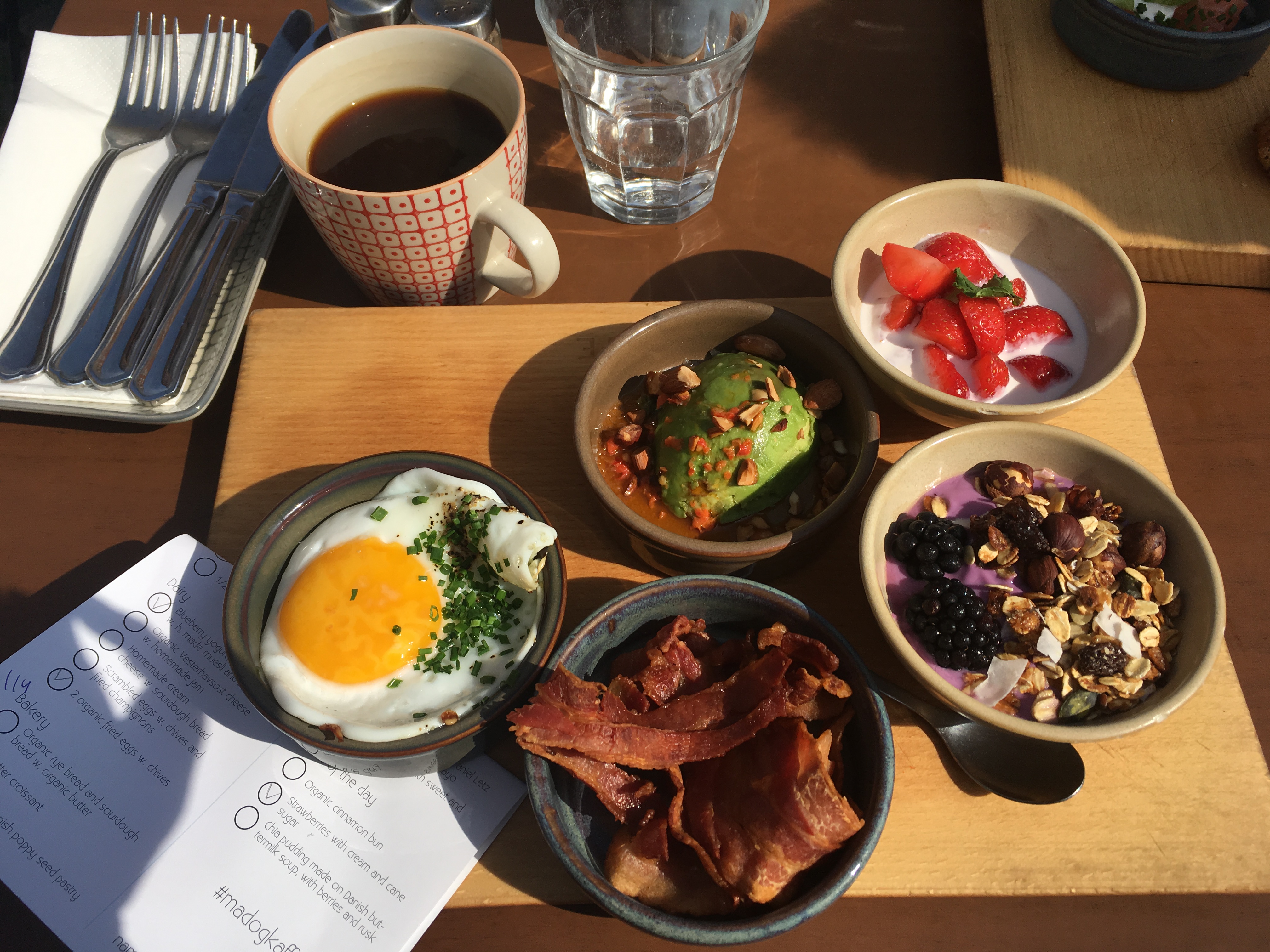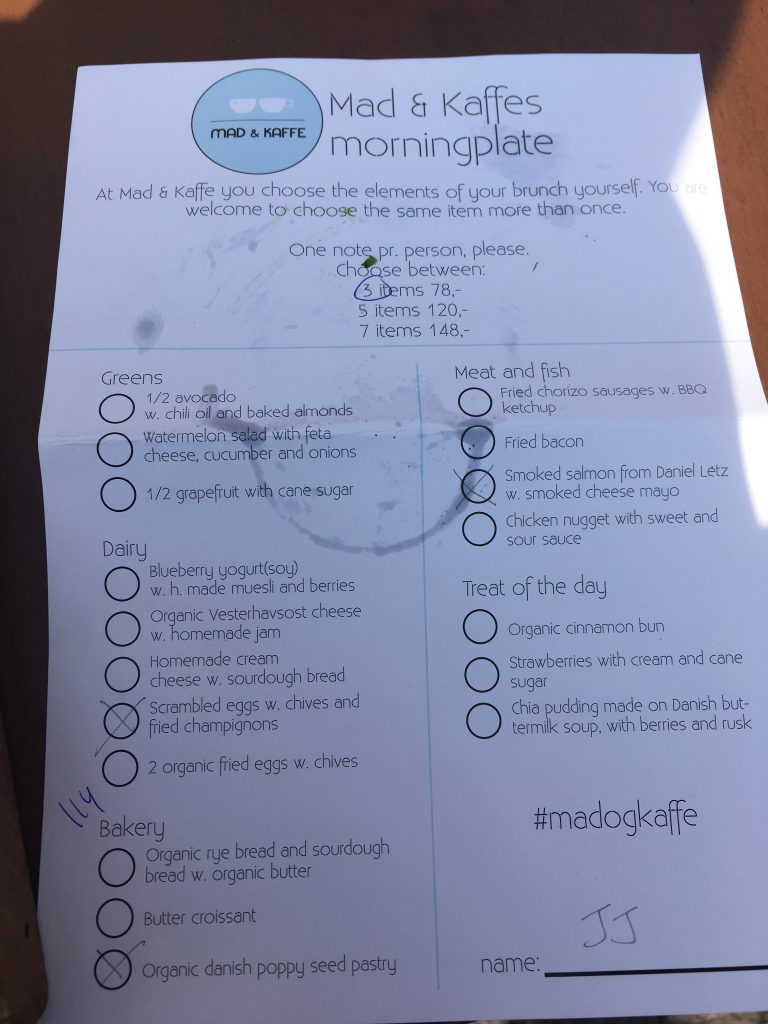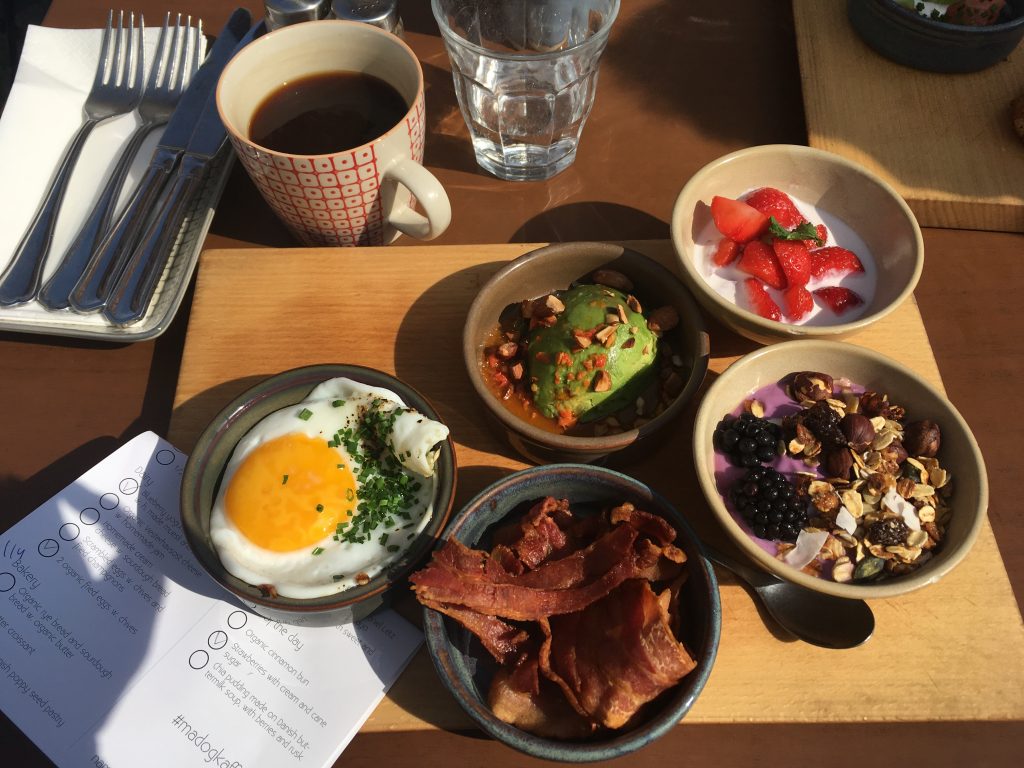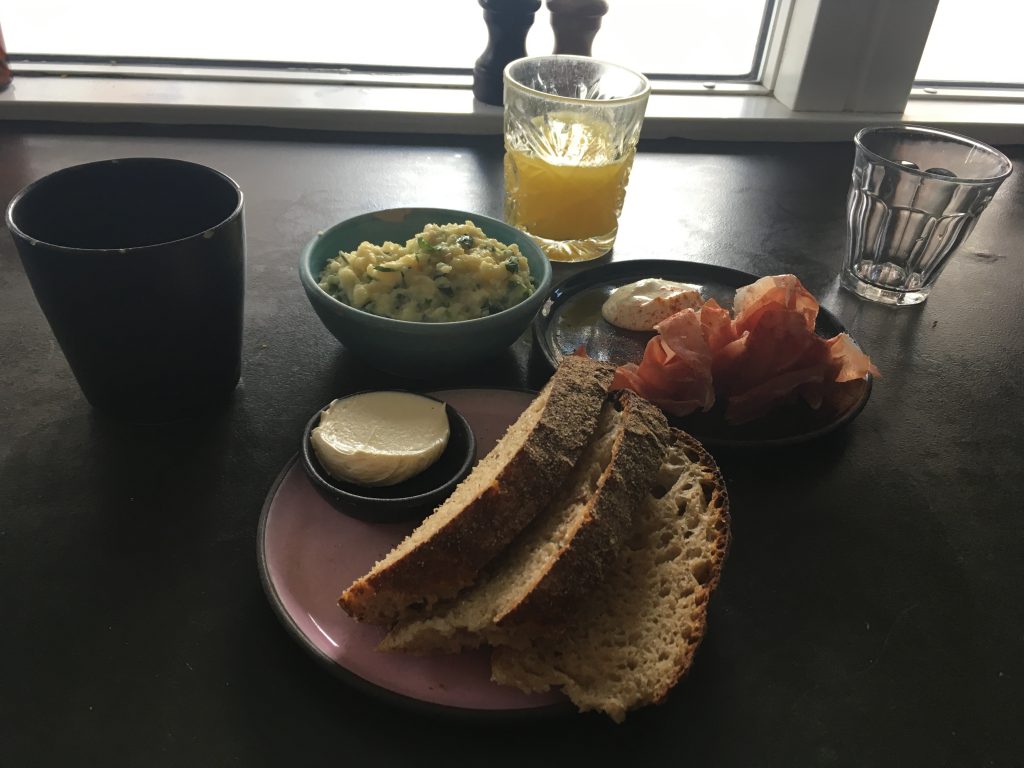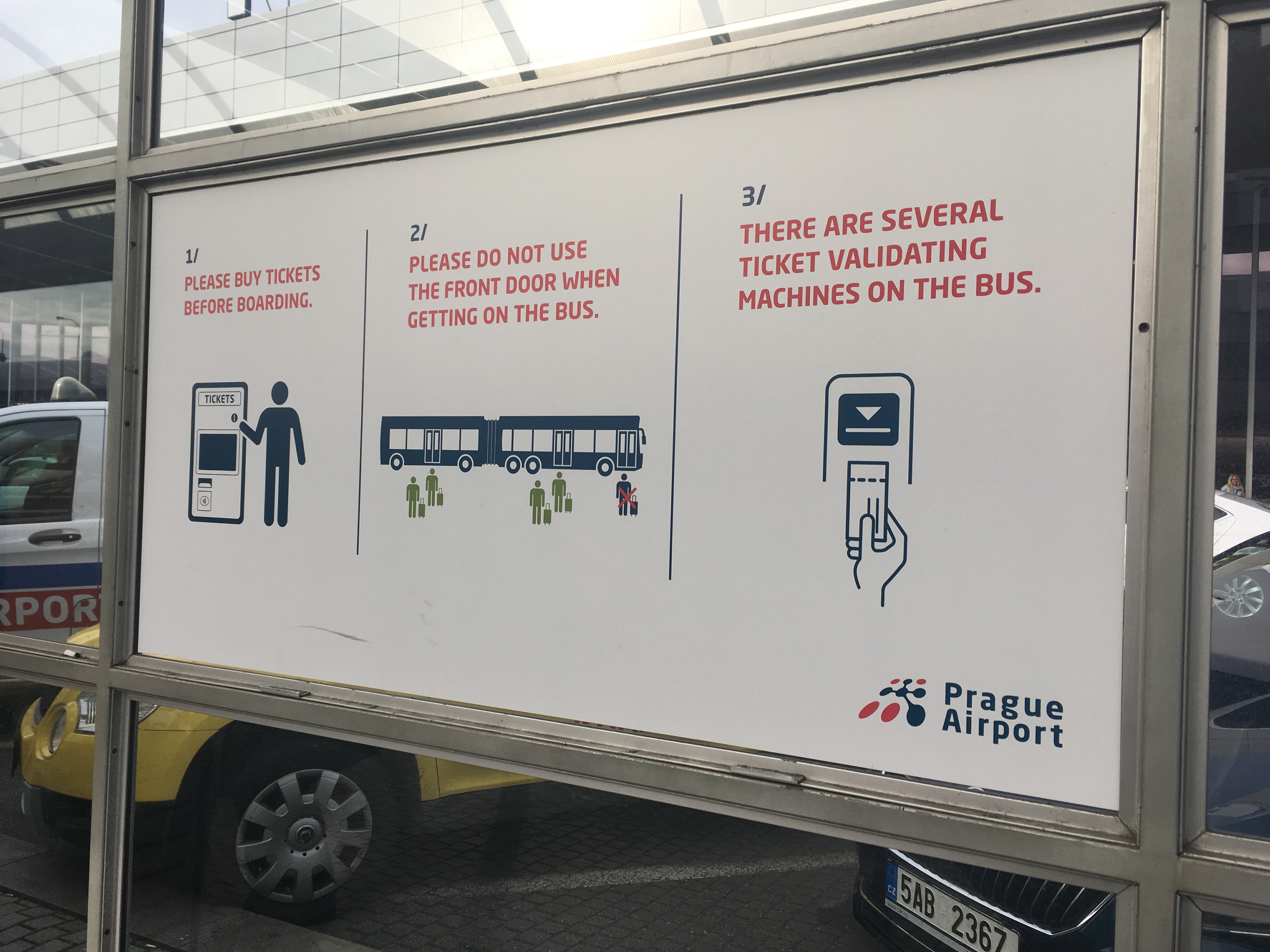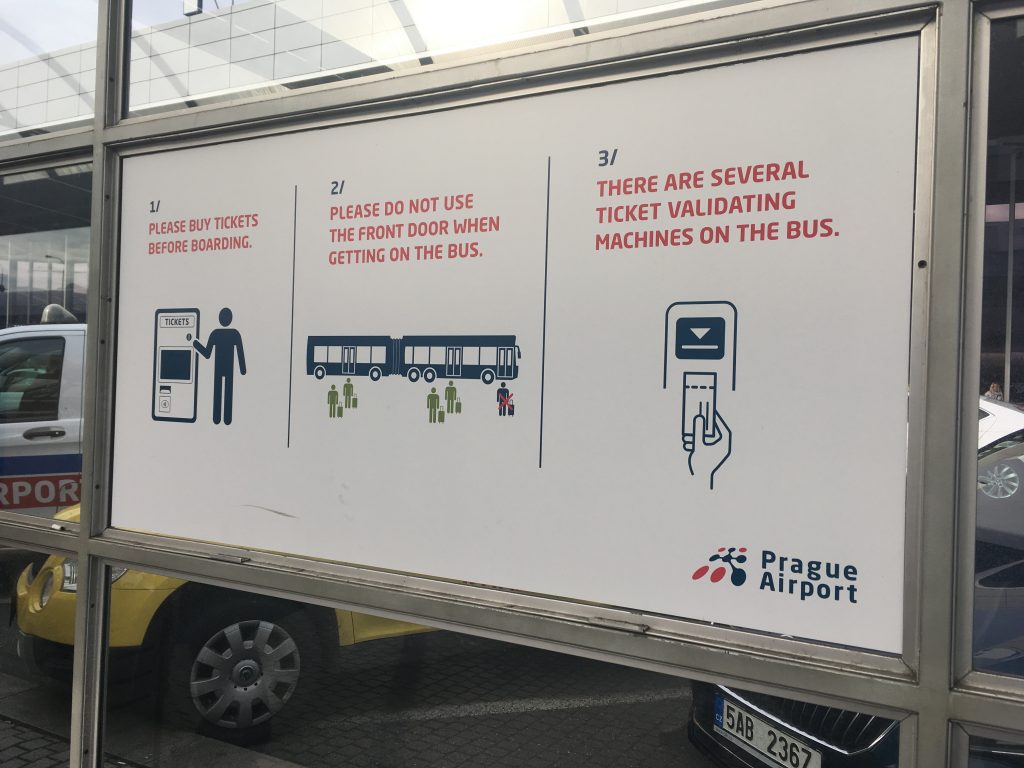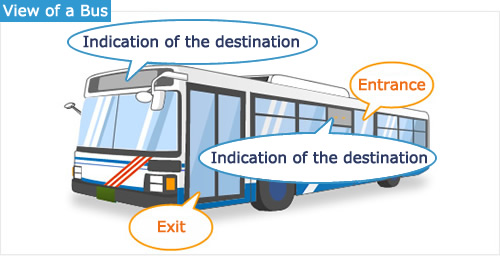Crate and Barrel sells various cookware. Most products in this store are grouped into product categories. However, some are grouped into why we need them. There are two “ad hoc” categories.
One is “7 Essentials for Every Kitchen.”
The other is “Everything You Never Knew You Needed.”
Ad hoc categories, coined by Barsalou, motivate impulse buying. I bought some tools I did not plan ahead and saw some customers standing in front of one of the two sections for a while.
Interestingly, the two ad hoc categories in the Crate and Barrel tap into different psychological processes.
“7 Essentials for Every Kitchen” are the products selected by others. They nudge me to follow others, which is often recommended by behavioral economists. In contrast, “Everything You Never Knew You Needed” are the products useful for me. They help me discover my own unmet needs, which is often suggested by design thinkers.
Then, which framing is more effective between “competing against others” and “following your heart”?
I believe we could answer this question by comparing the sales numbers between spatula and dual citrus squeezer. The two products belonged to the “Everything You Never Knew You Needed” four years ago. Now, only spatula belongs to the [7 Essentials for Every Kitchen]. If spatula sales increased and squeezer sales did not, behavioral economics beats design thinking. In contrast, if spatula sales dropped and squeezer sales did not, design thinking beats behavioral economics.
***
Reference
Barsalou, Lawrence W. (1983), Ad hoc categories, Memory & Cognition, 11 (3), 211-227.
People construct ad hoc categories to achieve goals. For example, constructing the category of “things to sell at a garage sale” can be instrumental to achieving the goal of selling unwanted possessions. These categories differ from common categories (e.g., “fruit,” “furniture”) in that ad hoc categories violate the correlational structure of the environment and are not well established in memory. Regarding the latter property, the category concepts, concept-to-instance associations, and instance-to-concept associations structuring ad hoc categories are shown to be much less established in memory than those of common categories. Regardless of these differences, however, ad hoc categories possess graded structures (i.e., typicality gradients) as salient as those structuring common categories. This appears to be the result of a similarity comparison process that imposes graded structure on any category regardless of type.
